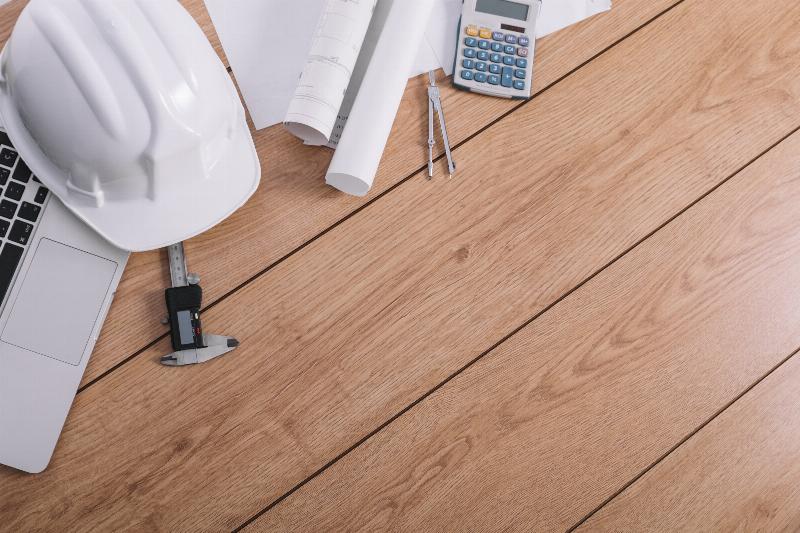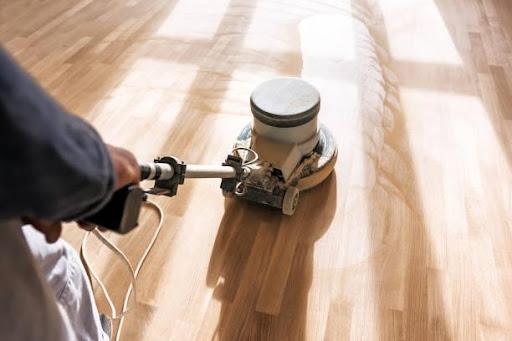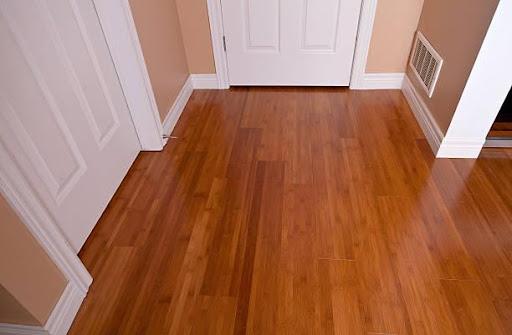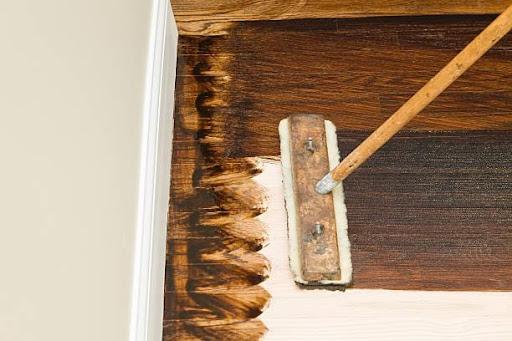Can You Change The Color Of the Engineered Wood Floors?
Engineered wood floors have gained popularity in recent years due to their durability, affordability, and beauty. They are very easy to clean, maintain, and can be used to elevate the look of any space. They are also available in a wide range of colors and finishes but now and then, these floors need a restoration. So what happens if you want to change the color of your engineered wood floors?
The good news is that you can change the color of engineered wood floors, but the process will depend on the type of finish that is applied to the surface. Engineered wood floors usually come with a pre-finished layer that protects the surface from damage and improves its appearance.
Some finishes can be more difficult to change than others, and you will need to consider the type of finish before deciding on the best approach.
Types of Engineered Wood Flooring
Engineered wood flooring is made up of multiple layers of wood that are glued together unlike solid hardwood, which is made from a single piece of wood. The top layer, or veneer, is the layer that gives the flooring its appearance and can be sanded and refinished to change its color.
It is also important to understand the different types of engineered wood flooring before we get into the process of changing the color of engineered wood floors. There are two main types: hardwood veneer and laminate.
- Hardwood veneer
Hardwood veneer engineered wood flooring has a thin layer of hardwood veneer that is glued to a substrate of plywood or high-density fiberboard (HDF). The hardwood veneer can vary in thickness and the top layer will determine the flooring’s overall appearance.
- Laminate flooring
Laminate engineered wood flooring as a photographic layer that is printed with a wood grain pattern and then bonded to a substrate of HDF. Laminate flooring can mimic the look of hardwood flooring but it is not made up of real wood.
How to Determine If You Can Change The Color Engineered Wood Floors
Before diving into changing the color of your floors, it is important to make sure that your floors are suitable for refinishing. Here are a few things to consider when deciding whether or not to change the color of your engineered wood floors:
The thickness of the veneer layer
The top layer of an engineered hardwood floor has a thin wood veneer. If the layer is too thin, it will make it difficult to sand down and refinish your flooring. When refinishing your floors, the sanding process will take off 1mm.
For example; if the floor had 1/8″ of veneer when new, it can be refinished twice. If the floor had a 3/16″, it can be refinished three or four times before a replacement becomes the better option.
|
Top Layer Thickness |
Number of Refinishes |
|
3mm |
2 |
|
4mm |
3 |
|
5mm |
4 |
|
6mm |
5 |
ProTip Takeaway: As per the table above, the number of times you can refinish is 1 less than the veneer layer thickness. Be sure not to sand off any of the last 1mm of the thickness of the top layer.
The number of times the floor has been refinished
Each time your floor is sanded down and refinished, there is a bit of it that is removed. This means that if your floors have been refinished several times, there may not be enough wood left to sand down again.
The overall condition of the floor
If your engineered wood floors are damaged or worn out, refinishing them may not be the best option. You will need to replace the floors completely to get a better-looking space.
ProTip Takeaway: it’s best to consult with a professional if you’re not sure whether engineered hardwood floors can be refinished. An experienced flooring contractor will be able to assess your floors and let you know the best way to get a better-looking floor.
Changing the Color of Hardwood Veneer Engineered Wood Floors
If you have hardwood veneer-engineered wood flooring, you can change the color by refinishing the floors. Refinishing will include sanding down the existing finish and then applying a new stain and finish to the hardwood veneer.
This can be done by a professional or as a DIY project, but it is important to note that it can be a rather time-consuming and messy process.
Before you begin refinishing, ensure you inspect the flooring for damages such as scratches or dents that might need to be repaired before the refinishing process can begin.
Additionally, it’s important to choose a stain color that complements the existing color of your home’s decor and to apply the stain in thin coats to get the preferred color.
Changing the Color of Laminate Engineered Wood Floors
If you have laminate-engineered wood flooring, it is not possible to change the color of the flooring by refinishing. However, there are a few options to consider if you want to update the appearance of your floors.
One option is to add an area rug or carpet over the floor to add a pop of color or texture.
The other option is to replace the flooring altogether with a new color or pattern. This option might be more expensive than adding an area rug but it is best if you want to completely transform the look of your home.
How To Change The Color Of Engineered Wood Floors
Before you decide on the best way to change the color of your floors, think carefully about the color you want. This will help you choose a color and application method that delivers the best results to your room. Here are some of the methods that you can use to change the color of engineered wood floors:
- Sanding and refinishing
Sanding and refinishing are one of the most popular methods of changing the color of engineered wood floors. This process involves sanding off the existing finish to expose the bare wood and then applying a new stain to the surface. After the stain dries, a new layer of finish is applied to protect the surface.
However, before attempting to sand and refinish your engineered wood floors, you should check the thickness of the top layer. Engineered wood floors have a thin top layer, and sanding too much can damage the surface beyond repair. If the top layer is too thin, you may need to consider other options.
- Painting
Another option for changing the color of engineered wood floors is to paint them. This method involves applying a coat of paint over the existing finish. However, painting engineered wood floors can be tricky because the surface needs to be prepared properly to ensure that the paint adheres properly. You will need to sand the surface to remove the polish and apply a primer before painting.
One of the advantages of painting planned wood floors is that you can choose any color you want and you can get a solid color or create patterns and designs.
- Glazing
Glazing is another method you can use to change the color of your floors. It works best for engineered hardwood floors with a thin veneer layer because you will not have to sand and refinish the wood. The good thing about it is that you can add a layer of clear finish to help the glaze last longer. The downside to this method is that the glazes can wear off and chip away over time. This means that the new color will not be as permanent as it would be if you sanded and refinished the wood.
ProTip Takeaway: It is important to note that the color of the glaze you choose will mix with the stain on your floor. Be sure to choose a glaze that will work well with your current wood and finish.
- Staining
Staining is another popular method of changing the color of engineered wood floors. This process involves applying a new stain to the existing finish. Not all stains are suitable for use on engineered wood flooring, so it’s important to choose a stain that is specifically designed for this type of flooring. You will need to check the manufacturer’s recommendations before attempting to stain your engineered wood floors.
Oil-based stains are generally not recommended for engineered wood flooring because they can cause the wood to swell and buckle.
Water-based stains are a better option for engineered wood flooring because they are less likely to cause damage and are easier to work with.
However, it’s important to note that water-based stains can raise the grain of the wood which means you will need to sand the floor after applying the stain to smooth it out.
Are You Ready To change your Floor?
If you’re not confident in your ability to change the color of your engineered wood floors yourself, it’s best to hire a professional. A professional flooring contractor like Smart Remodeling LLC will have the experience and expertise to properly sand and refinish your floors without causing damage to the veneer.









